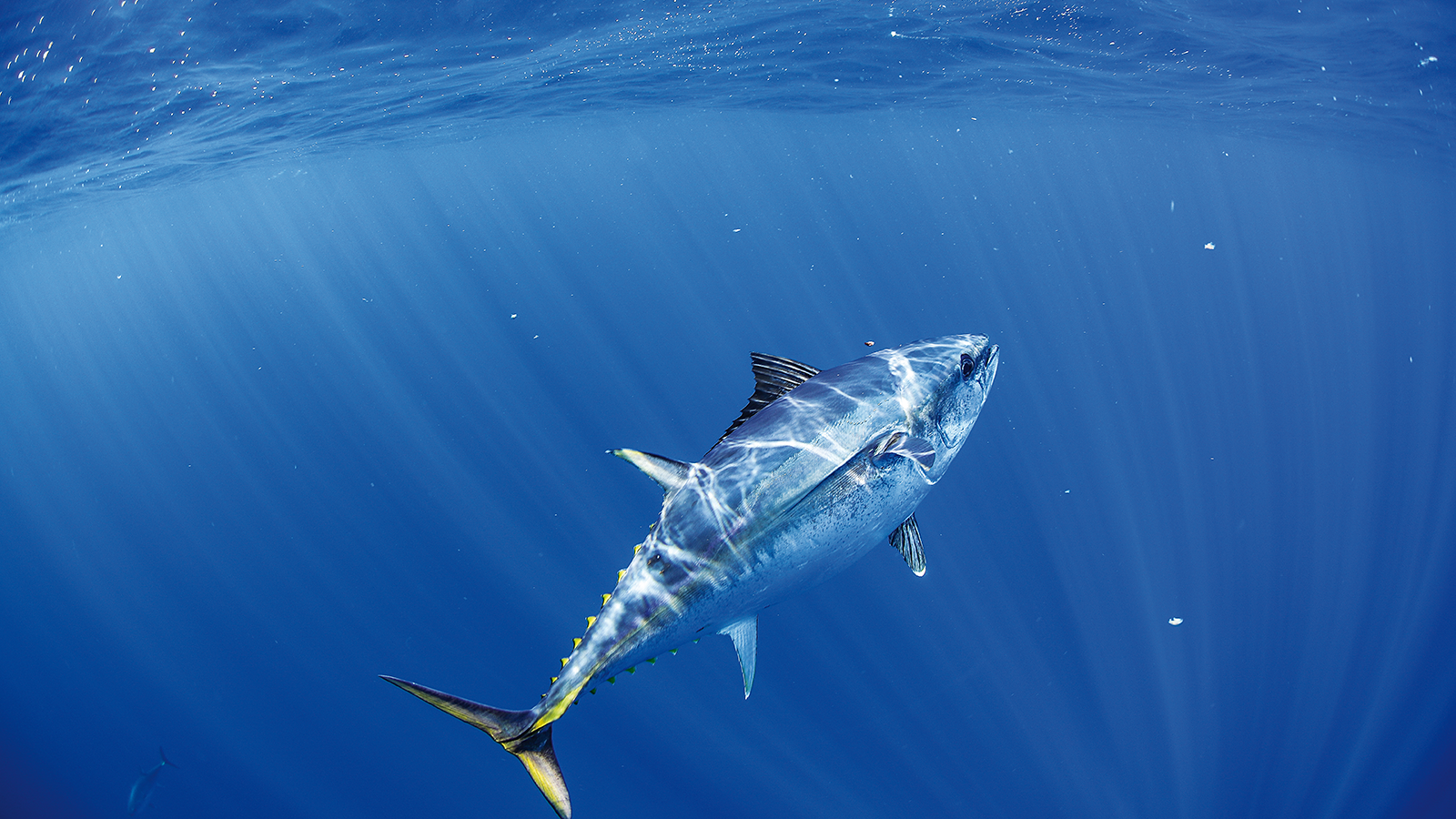With the severity and intensity of tropical cyclones predicted to increase with global climate change (Webster et al. 2005), the need to understand the effects of these events on fisheries production is paramount. The northern tropical margin of the Australian continent is subject to tropical cyclone influence each monsoon season. Although the increased rainfall that accompanies these events may have positive benefits for some fisheries production (e.g. Halliday et al. 2008; Staunton-Smith et al. 2004), the influence of the many other biophysical changes that accompany tropical cyclones (eg: habitat alteration and water temperature fluctuations) is less certain. One fishery for which anecdote reports negative influences of tropical cyclone impact is the Queensland Coral Reef Fin Fish Fishery (CRFFF). Prior to the impacts of severe TC Hamish in March 2009, popular anecdote reported that the influence of TC Justin (March 1997) on catch rate of the primary target species of the commercial sector, common coral trout (Plectropomus leopardus), were particularly negative and long lasting (up to twelve months). Somewhat surprising, the depressed catch rate of trout was accompanied by a noticeable increase in catch rates of red throat emperor (the secondary target species of the CRFFF) that was acknowledged though not quantified by Leigh et al. (2006).
The influence of tropical cyclones on the performance of the CRFFF is an annual event, though mostly restricted to loss of potential fishing days due to the inclement and unpredictable weather that accompanies the monsoon season. The ‘average’ cyclone that impacts the Great Barrier Reef World Heritage Area (GBRWHA), within which the CRFFF operates, is generally short lived and crosses the reef structure rapidly in an east to west direction. With the last two decades, most tropical cyclones impacting the GBRWHA have been low intensity systems (category 1 or 2). The influence of these types of systems on reef structure (coral coverage and diversity) and associated small-bodied reef fish communities has been well documented (e.g. Wilson et al. 2009; Emslie et al. 2008). However, as the monitoring used for these reports focuses initially on corals and secondarily small-bodied fish communities, the ability to measure changes in large-bodied reef fish communities is either not attempted, or compromised. As such, no robust assessment has been completed to understand the changes in abundance and availability of CRFFF primary target species in response to cyclone impacts.
TC Hamish impacted the southern section of the GBRWHA in March 2009, and quickly galvanised fishers, managers (both fisheries and Marine Park) and research scientists with a common need to The project outputs clearly demonstrate catch rates within the CRFFF can be significantly and adversely affected by some cyclone events. Understanding the biophysical drivers of these changed catch rates is difficult due to the variable and unique nature of each cyclone event. However, it is clear from project outputs that the negative effects of a cyclone may significantly alter catch rates and that these effects may linger for at least twelve months post-event. The gradual dominance and reliance for economic viability of the commercial sector on live coral trout, has stifled pre-existing adaptive capacity. The infrastructure investments and fishing behaviours of fishers targeting live coral trout are not amenable to changing market places; an ability that may well offer some adaptive capacity to the commercial sector of the CRFFF. In contrast, recreational and charter fishing sectors with their diversified fishing and targeting practices are immune to cyclone influence.
A suggested pro forma for an action plan to track, adaptation plan and possibly mitigate the negative influences of future unique cyclone events is a draft proposal at this time, and will need to be strengthened based on the outcomes from two working groups formed during the last six months. Considerations for further research should include: (1) Identifying the most appropriate data recording system for the CRFFF that will allow timely interrogation of catch data that is not available currently; (2) Canvassing options for building adaptive capacity into a fishery that is currently highly vulnerable to change due to economic reliance on a single species destined for a single market place; and (3) Better understanding the possible drivers of the sustained changes in ecological behaviours of reef fish following cyclone passage.










